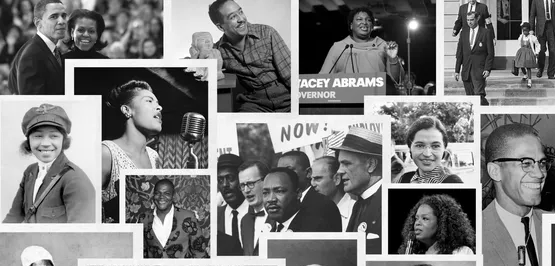What is Black History Month?

Written by Lilly Gardner & Emma Milam /
Starting in 1915, due to the lack of honoring the accomplishments of African Americans, Black History Week was established by historian Carter G. Woodson, who co-founded the Association for the Study of African American Life and History (ASALH). This institution promotes preserving the history of African Americans. In 1976, Black History “week” turned into Black history month for again the lack of representation of African Americans’ contribution to the shaping of America. It’s been celebrated every February since. Today Black History Month is celebrated in Canada, the United Kingdom, Germany, and the Netherlands.
During this month, we learn about Black history and celebrate the impact so many people have had on the world. Martin Luther King Jr., Rosa Parks, Harriet Tubman, Ida B. Wells, Shirley Chisholm and many more — without them we wouldn’t have the United States today.
Since 1928, the ASALH has selected a theme for Black History Month, and the 2024 theme is dedicated to African Americans and the arts. Artistic works by Black artists have helped shape America’s art scene by contributing to art with different kinds of cultures and art styles. Black artists were often excluded from the opportunities white artists had access to, such as art academies and associations. In the early 1920s, there was a movement called the “Harlem Renaissance,” which was a resurgence of arts and literature that was particularly strong in New York. This movement gave Black artists, musicians, writers, poets and others better opportunities to show off their talents and contribute to and expand the art scene.
From around 1919 to 1929, Harlem was considered the capital of African American cultural activity, and this was a very impactful time for African American influence on America’s art scene. Some notable Black artists include Joshua Johnson, who is celebrated as the earliest known African American to professionally work as an artist; Horace Pippin, who in 1947 became the first African American artist to be the subject of a monograph; and Augusta Savage, who was an influential sculptor and a civil rights activist. She also co-founded the Harlem Artists Guild, an organization that advised the neighborhood’s African American artists along with the Harlem Community Art Center where she taught sculpting classes and helped launch the careers of many Black artists.

